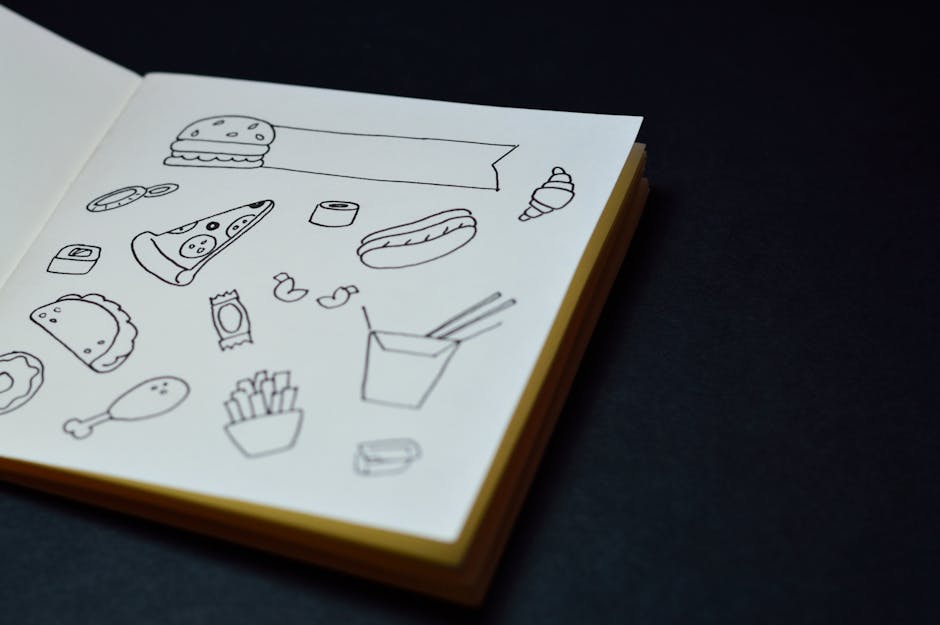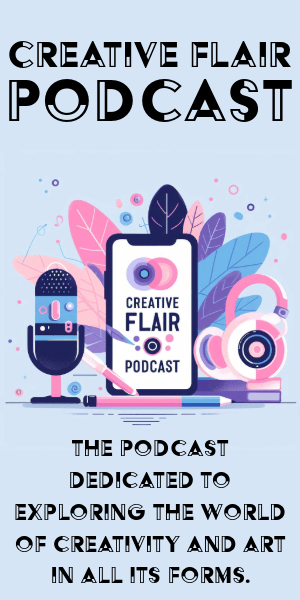Life Drawing
Life drawing enhances an animator's grasp of human anatomy and movement. When practicing with live models, it's about catching the subtleties that make the human form captivating. Drawing someone who moves or shifts adds another layer of skill.
Capturing the grace and tension in a complex pose requires not just hand-eye coordination but an understanding of muscle and bone. It's not about merely getting the lines right but conveying the weight and balance of the pose. This becomes second nature with continuous practice.
Using life drawing to refine your skills means observing not just the figure but the spaces around it. Negative space, the empty areas surrounding the subject, can guide the drawing process. This helps in achieving proportion and balance in the artwork.
In a bustling café or park, sketching people going about their day provides an array of dynamic poses. These quick sketches sharpen the ability to draw swiftly and accurately. Gesture drawing, capturing the essence of movement with just a few lines, becomes a crucial practice.
Directional lines are an essential tool. These wrap around the body, helping animators understand how the body occupies space. When animating, this understanding ensures characters move convincingly within a three-dimensional space.
The concept of the center of movement is vital. Recognizing these pivots helps in maintaining balance and symmetry in animations.
Working on different sketches simultaneously can shake off an artist's block. When stumped on one, switching to another keeps the creativity flowing.
- Using markers or pens can speed up the process since they require less precision than a pencil. This allows for freer movement and less hesitation in drawing lines.
- Setting a time limit for each sketch accelerates improvement. It's about rhythm and flow, cultivating an animator's ability to work under deadlines without sacrificing quality.
- Masking tape for straight edges can aid in creating sharp, clean lines, reducing the time spent on corrections.
Life drawing builds a solid foundation for animation. Whether through somber structural studies or vibrant gesture drawings, it equips animators with the confidence to bring characters to life with authenticity and dynamism.
Gesture Drawing
Gesture drawing hones the ability to capture the essence and motion of subjects in mere seconds. Unlike the deliberate detailing of life drawing, gesture sketches aim to express the spirit of an object's movement and character.
The beauty of gesture drawing lies in its spontaneity. Without the constraints of precision, animators can truly explore the vitality of their characters. The result is vibrant, lifelike animation imbued with natural movement.
A simple yet powerful technique is the use of directional lines. Drawing lines that wrap around the form provides a sense of volume and dimensionality. These lines help an animator visualize a character inhabiting and moving through three-dimensional space.
To further practice this, an animator might use exercises like the "one-minute movie sketch." This swift exercise increases an animator's awareness of staging and action, cultivating a keen eye for composition and flow.
Another crucial aspect is the center of movement, where understanding the body's pivot points during different actions enables animators to maintain balance and cohesion in their work. This, combined with gesture drawing's intrinsic focus on spontaneity, prevents characters from appearing stiff or uncoordinated.
Drawing for animation is a choreography of lines that needs fluidity and grace. The energy transmuted from the quick strokes of gesture drawings translates directly into the dynamism of animated characters, ensuring they move with convincing vitality. Each rapid sketch, no matter how rough, is a step closer to characters that truly feel real.
Embracing the chaos and rawness of gesture drawing can be transformative for any aspiring animator. It teaches the invaluable lesson that sometimes less is more—that a few well-placed lines can convey what a thousand details might not. It's in these quick, purposeful sketches where the magic of animation often begins.
Animal Sketching
Animal sketching teaches animators about different forms of movement and anatomy. Understanding how animals move and behave enriches an animator's skill set, allowing them to create diverse and dynamic animation.
Observing animals offers a world of kinetic variety. By grasping these differences, animators can breathe life into every creature they bring to the screen.
On field trips to zoos or wildlife sanctuaries, sketching animals in real-time helps in understanding biomechanics and behavior. It's akin to life drawing, but with the added challenge of unpredictable, often rapid movements.
Animal sketching also sharpens an animator's ability to depict emotion through posture. Translating these visual cues into expressive animations makes for more engaging characters.
Exercises such as the "moving pose" provide practical insights into the fluidity of animal motion. This practice aids in replicating realistic movement and anticipating how subtle shifts affect the entire body.
- Using different mediums like pens or markers can expedite the process, freeing up the hand to follow the animal's dynamic forms without the constraint of precision. This uninhibited drawing can lead to a more instinctive understanding of movement.
- To maintain efficiency, setting time limits on animal sketching sessions works wonders. It pushes animators to make swift, confident lines, focusing on capturing the essence rather than obsessing over details.
Integrating animal sketching into regular practice hones an animator's skill in conveying lifelike, believable animations. Each animal brings its unique challenges and learning opportunities, enabling animators to infuse their work with vitality and diversity seen in life itself.
Daily Drawing Practice
Daily drawing practice is the lifeblood of any animator striving for improvement. The sheer consistency of daily sketches forms a backbone against creative stagnation. This regular engagement with pencil and paper—or stylus and tablet—ensures animators refine their lines, broaden their style, and maintain a rhythm that blends into their workflow.
Think of daily drawing practice as a muscle-building regimen for the mind. Each sketch session serves as a rep, strengthening the brain's ability to translate observation into art. Over time, this disciplined routine leads to gains in speed, accuracy, and overall drawing confidence.
The act of drawing every day provides a platform for experimentation. Unlike formal study sessions, daily sketches offer freedom. This is where an animator can doodle abstract shapes, invent fantastical creatures, or mimic art styles without judgment. It's a safe space for creative exploration—each trial contributes to a broader understanding.
Daily drawing isn't about creating masterpieces, but layering small increments of progress. Focusing on a different subject each week allows for deep dives without overwhelm. When it feels like you've plateaued, shifting to a new theme can ignite fresh inspiration.
Encouraging oneself to draw in various settings brings an element of versatility. Such environments provide diverse subjects and spontaneous compositions that might be missed in a controlled setting.
Moreover, sketching daily cultivates an animator's sensitivity to subtleties and nuances often overlooked.
Even those brief, idle moments can be harnessed creatively. Carrying a sketchbook everywhere ensures that no inspiration goes to waste.
It's motivating to see progress catalogued in sketchbooks. Dating each page allows animators to trace evolution in their skill, providing tangible proof of improvement.
Community engagement acts as a catalyst, too. Participating in daily drawing challenges or attending local meetups offers both accountability and inspiration. Sharing work and receiving feedback fosters a sense of belonging.
In all this, the underlying thread is perseverance. There will be days when the drawings fall flat. Yet, it's crucial to push through those slumps. Consistency breeds resilience, and it's in overcoming these hurdles that animators find their distinctive voice and style.

Daily drawing practice is a conversation with your inner artist. Each sketch, each line adds depth to your journey as an animator. Through persistent dedication, you refine your craft and bring characters to life with breath, movement, and soul.
- Stanchfield W, Hahn D. Drawn to Life: 20 Golden Years of Disney Master Classes. Focal Press; 2009.
- Mattesi MD. Force: Dynamic Life Drawing for Animators. 3rd ed. Focal Press; 2011.
- Stanton A, Rae C, Beiman N. The Art of Ratatouille. Chronicle Books; 2007.
























